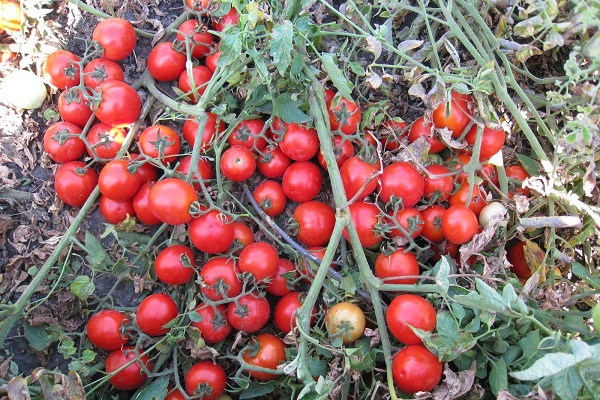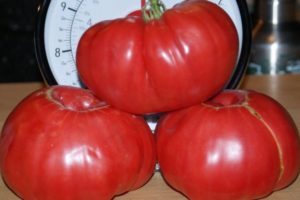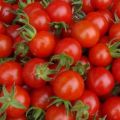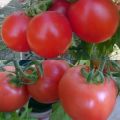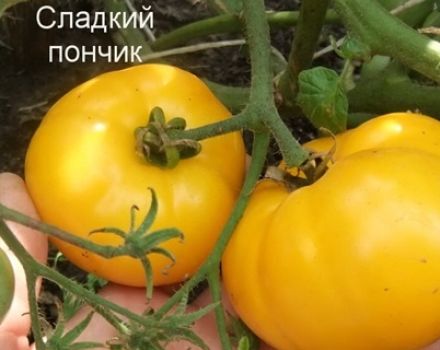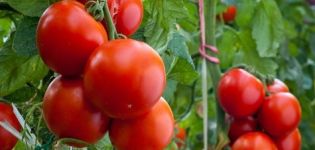Description of the Prince Borghese tomato variety, cultivation features and yield
The high-yielding tomato Prince Borghese is attractive for its small tomatoes that literally dot the bush. If you need a rich harvest of small tomatoes similar to each other, this variety is what you need. After all, it is easier to make marinades or salads from small fruits.
Description of the variety
This variety is also called the Bourgeois Prince or Prince Borges. It appeared at the beginning of the last century in sunny Italy. It is considered a greenhouse plant. The fruits are plum-shaped with a small spout weighing a couple of tens of grams. They grow on voluminous bushes, grown in a greenhouse in two or three stems.
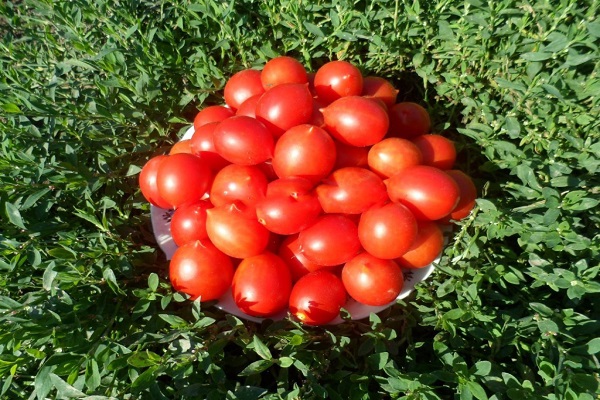
The variety is indeterminate, tall, the plant reaches a height of 1.5–2 meters. The fruits are small, but they are found very often in the bush. A tomato is considered ripe when it has turned red. when ripe, there is no brown spot on tomatoes. All of them are approximately the same size, which allows the variety in question to be used for canning.
Tomatoes retain their flavor better than other varieties in this form. Also ideal for drying and fresh consumption.
The taste of the fruit is sweet, the pulp is dense and juicy. In section, the fruit has three seed nests. Tomatoes are not prone to cracking. But they still need to be removed in time so that the green fruits have time to ripen.
The advantages of tomato
When growing varieties, gardeners distinguish the following positive qualities of tomatoes:
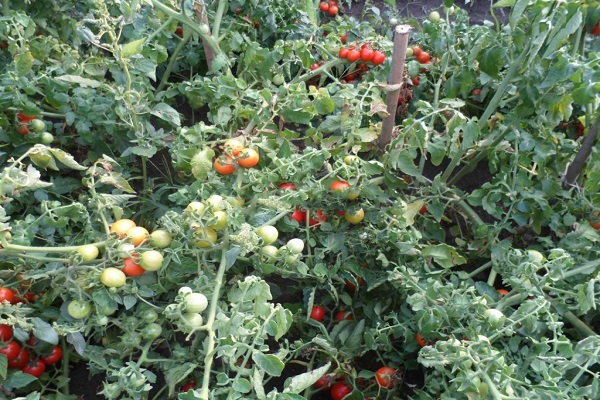
- The variety brings a great harvest.
- The fruits have a unique sweet taste.
- Resistant to disease.
- Tomatoes have a long shelf life and are easily transported without compromising their appearance and quality.
- Almost one-time ripening of fruits on one hand.
- This is the only variety that can be converted to jerky using olive oil. This dish is recognized as a delicacy in many countries of the world.
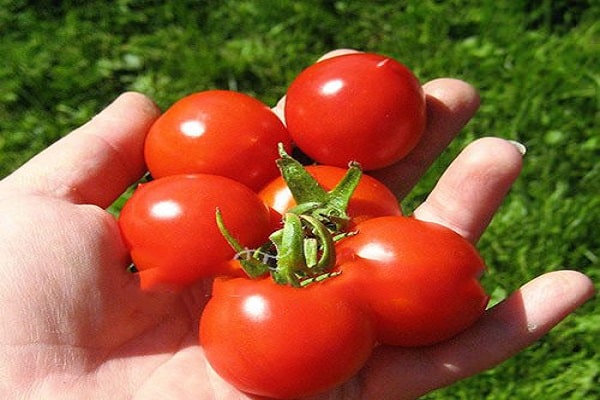
Rules for growing and caring for tomatoes
The variety is grown both in greenhouse conditions and in the open field. Basically, tomatoes are grown by planting seeds for seedlings and further transplanting seedlings into the ground. They are sown at least two months before transplanting. Due to the power of the bushes, they need to be tied to a support, as well as to remove excess shoots. Performing these procedures, the seedling goes to set fruits, which appear two months after planting the seedlings.
There are usually bags of seeds on sale, 10 pieces each. The plant itself does not limit itself in growth and usually produces 3-4 stems.
Plant care consists in weeding, watering, fertilizing and neutralizing diseases. Also, the bushes need to be tied up and pinned.
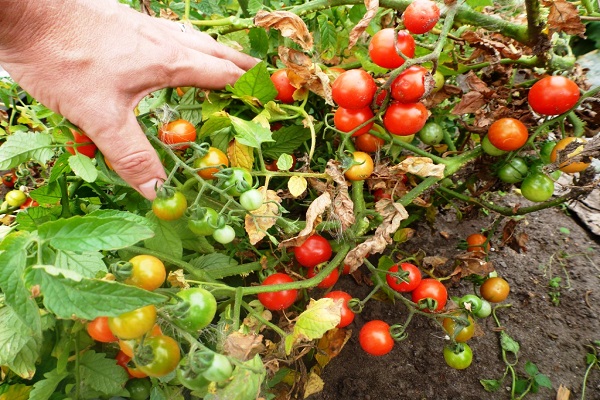
Top dressing is carried out with mineral and organic fertilizers. For this purpose, cow dung and chicken manure are suitable, as well as superphosphates and urea. Consider the amount of dressings. Excessive fertilization can cause plants to die.
So, after transplanting plants to a permanent place of growth, feeding is carried out three times:
- the first time 2 weeks after planting;
- the second - during flowering and fruit formation;
- third when ripe tomato.
With constant care, the variety will delight its owners with a friendly return of beautiful red fruits.
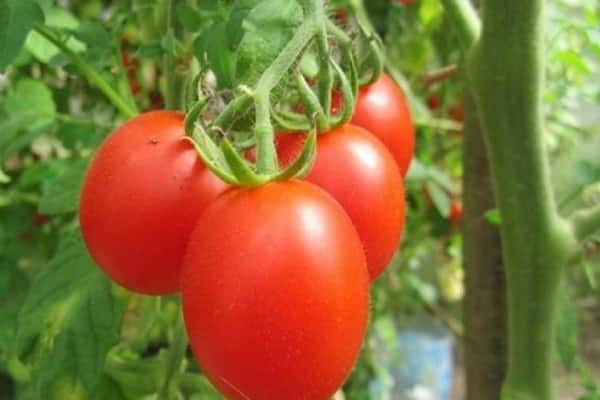
Review overview
Reviews of gardeners confirm his description regarding the fertility of the plant, the taste of tomatoes and the ways of its use, storage. The fruits ripen rather slowly, however, when assembled they are well stored and reach the desired state. The tomatoes on the bush are arranged in groups and often, but as the height of the plant increases, the size of the fruit decreases.
One of the users of the tomato variety reports the following. Despite the low temperature atypical for summer, a huge number of tomatoes were received in 2017. The harvest is uniform in size, the tomatoes are sweet and tasty. The bourgeois prince does not require royal conditions at all, he regulates his growth himself. The tomato was grown in greenhouse conditions in the Moscow region and very pleased its owners.
